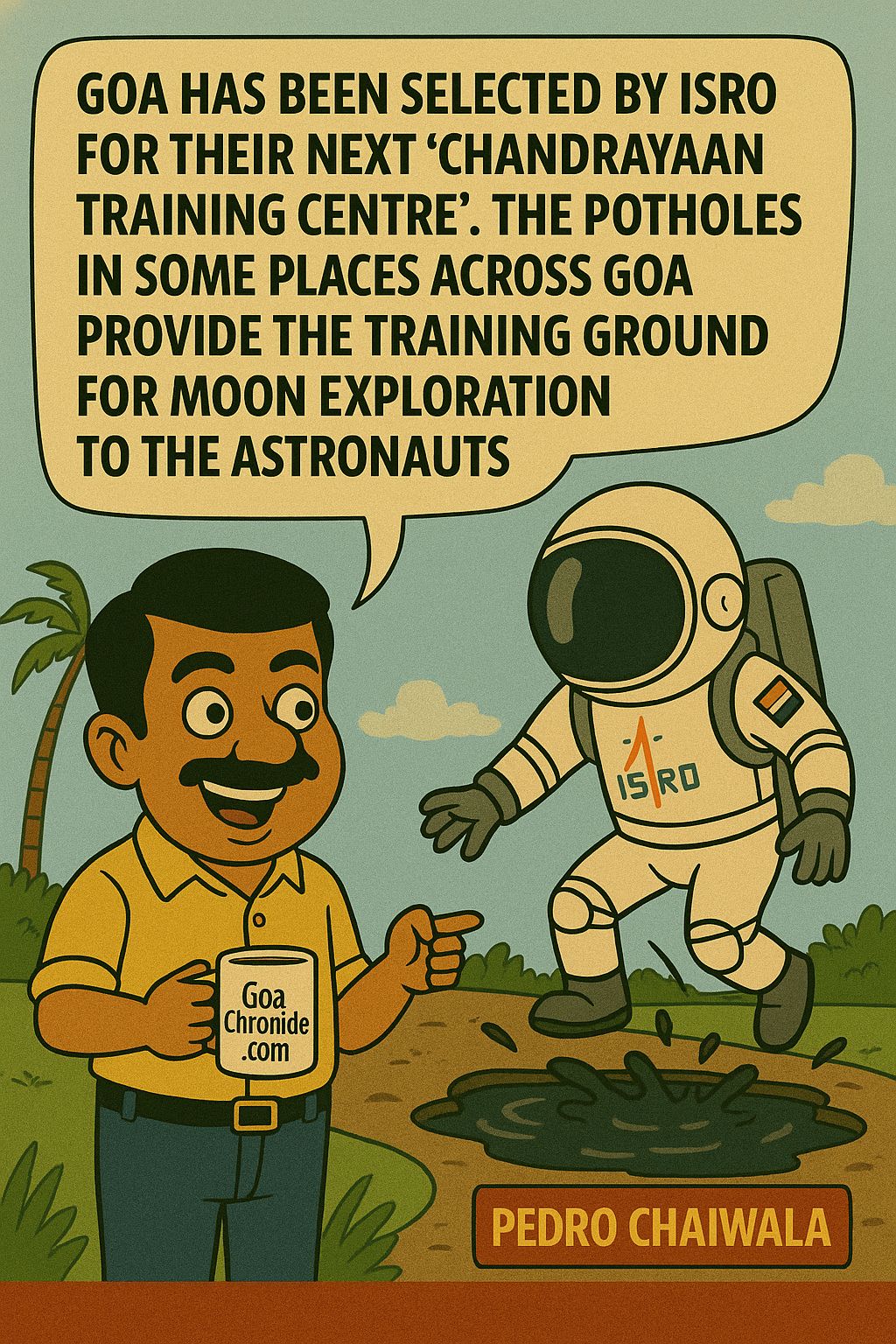Chennai: The Indian Space Research Organisation (ISRO) is gearing up for the third Lunar Mission Chandrayaan-3 that will take place on July 14 at 2.35 p.m. from the spaceport of Sriharikota.
ISRO will be using its heaviest rocket Launch Vehicle Mission-MkIII (LVM3-M4) which will place the integrated module in an Elliptic Parking Orbit (EPO) of size 170 x 36500 km.
The 43.5 m tall launch vehicle, with a lift off mass of 642 tonnes, will take off from the Second Launch Pad.
The countdown for the launch is expected to commence on Thursday after getting clearance from the Launch Authorisation Board (LAB).
Chandrayaan-3, India’s third lunar exploration mission is ready to take off in fourth operational mission (M4) of LVM3 launcher, ISRO said on Tuesday.
LVM3 is the operational heavy lift launch vehicle of ISRO and has a spectacular pedigree of completing six consecutive successful missions.
This is the fourth operational flight of LVM3, to launch Chandrayaan-3 spacecraft to Geo Transfer Orbit (GTO).
LVM3 has proved its versatility to undertake most complex missions like Injecting multi-satellites, Mission planning to ensure safe relative distance among separated satellites through re-orientation and velocity addition maneuvers, Multi orbit (LEO, MEO, GEO) and
execute interplanetary missions.
India’s largest and heaviest launch vehicle ferrying Indian and international customer satellites.
Through Chandrayaan-3 mission, ISRO is crossing new frontiers by demonstrating soft landing on lunar surface by its lunar module and demonstrate roving on the lunar terrain.
It is expected to be supportive to ISRO’s future interplanetary missions. Chandrayaan-3 is a follow-on mission to Chandrayaan-2 to demonstrate end-to-end capability in safe landing and roving on the lunar surface.
It consists of Lander and Rover configuration. The propulsion module will carry the lander and rover configuration till 100 km lunar orbit.
The propulsion module has Spectro-polarimetry of Habitable Planet Earth (SHAPE) payload to study the spectral and Polari metric measurements of Earth from the lunar orbit.
Additionally the deployment of rover and in-situ scientific experiment will scale new heights in lunar expeditions by deploying Rover.
The Lander payloads are Chandra’s Surface Thermophysical Experiment (ChaSTE) to measure the thermal conductivity and temperature; Instrument for Lunar Seismic Activity (ILSA) for measuring the seismicity around the landing site; Langmuir Probe (LP) to estimate the plasma density and its variations.
A passive Laser Retroreflector Array from NASA is accommodated for lunar laser ranging studies.
The Rover payloads are Alpha Particle X-ray Spectrometer (APXS) and Laser Induced Breakdown Spectroscope (LIBS) for deriving the elemental composition in the vicinity of landing site.
Chandrayaan-3 consists of an indigenous Lander Module (LM), Propulsion Module (PM) and a Rover with an objective of developing and demonstrating new technologies required for Inter planetary missions.
The Lander will have the capability to soft land at a specified lunar site and deploy the Rover which will carry out in-situ chemical analysis of the lunar surface during the course of its mobility.
The Lander and the Rover have scientific payloads to carry out experiments on the lunar surface. The PM will carry the lander and rover from injection orbit to till 100 km lunar orbit.
The main function of PM is to carry the LM from launch vehicle injection orbit to till Lander separation.
Apart from this, the Propulsion Module also has one scientific payload as a value addition which will be operated post separation of Lander Module.
The mission sequence has ten phases. The first is Earth Centric Phase (Phase-1) that contained pre-launch phase, launch and ascent phase and earth-bound manoeuvre phase.
The second phase of Lunar Transfer phase–Transfer Trajectory phase– and the third is Moon Centric Phase which included Lunar Orbit Insertion Phase, Moon bound manoeuvre phase (Phase-4), PM and Lunar Module Separation (Phase-5), De-bbost Phase (Phase-6), Pre-landing Phase (Phase-7), Landing Phase (Phase-8), Normal Phase for Lander and Rover
(Phase-9) and Moon Centric Normal Orbit Phase (100 km Circular Orbit)
–For Propulsion Module (Phase-10).
After the schedule launch on July 14, the landing on the lunar surface would take place in the last week of August.
“If the launch takes place on that day then we will be ready for landing on the moon possibly by the last week of August. The date (landing date) is decided when there is sunrise on the moon. When we are landing, sunlight must be there. So the landing will be on August 23 or 24,” according to ISRO Chairman S.Somanath said.
If the landing does not take place as planned on August 23 or 24, then ISRO will wait for another month to make a landing attempt in September.
“The lander and the rover will stay on the moon for 14 days until sunlight is there. When there is no sunlight, a small solar panel which is on the rover will generate power to charge the battery for the next 14 days until light comes.
The temperature there goes down to minus 40 degrees and in such an environment there is no guarantee that the battery and electronics will survive but we did some tests and we get the feeling that it will survive even in such harsh conditions,” Mr. Somanath said.































